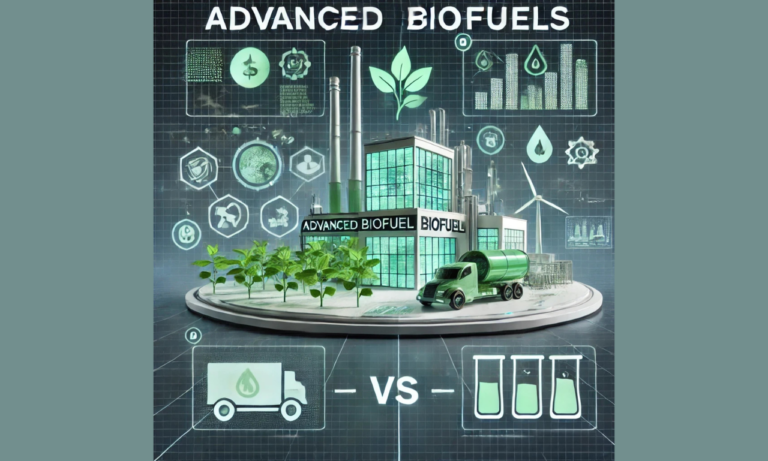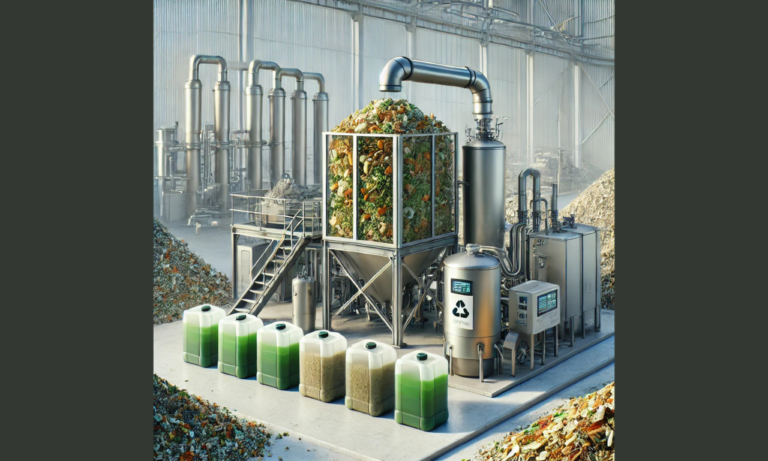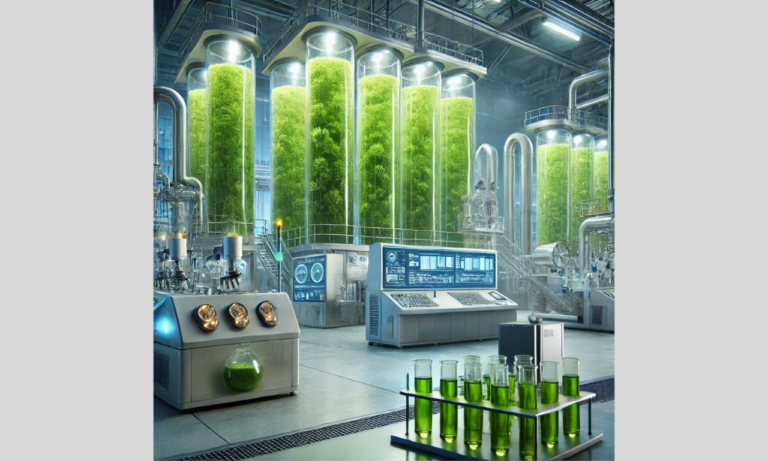the pros and cons of advanced biofuels: a balanced perspective
Discover the pros and cons of advanced biofuels—a cleaner energy alternative made from waste, algae, and synthetic processes. Are they the future of fuel?

Discover the pros and cons of advanced biofuels—a cleaner energy alternative made from waste, algae, and synthetic processes. Are they the future of fuel?

As the world pushes toward cleaner, more sustainable energy solutions, advanced biofuels are emerging as a key contender in the fight against climate change and fossil fuel dependence. Unlike first-generation biofuels, which rely on food crops like corn and sugarcane, advanced biofuels use waste materials, algae, and synthetic processes to create energy-dense fuels with lower…

Advanced biofuels are reshaping clean energy with algae, waste-based, and synthetic fuels. But can they scale up and replace fossil fuels?

Ranking the sustainability of biofuels by carbon footprint, land use, and energy efficiency to determine the most viable renewable energy alternatives.

Henry Ford revolutionized the automobile industry with the Model T, designed to run on ethanol, envisioning a fuel economy based on local agriculture. Despite its potential, ethanol was overshadowed by gasoline due to industry dominance and regulatory challenges. Ford’s vision of renewable energy remains significant today, highlighting the need for infrastructure and supportive policies.

Ethanol Explained: Discover its role in energy, market impact, and innovations. Learn about challenges like the food vs. fuel debate and future solutions.
Biochar, a form of carbon dioxide sequestration (SDR), is a solid material obtained from the carbonization of biomass. This process produces highly porous charcoal. The biomass is then buried to lock the carbon into the soil which can improve soil functions. CO2 typically produced by the natural degradation of biomass is also reduced. This practice is…
Enhanced weathering is the process of exposing large quantities of minerals that are reactive with carbon dioxide in the atmosphere and storing the resulting compound in the ocean or soil. It is considered a form of carbon dioxide removal or CDR. BENEFITS CHALLENGES Has the potential to increase terrestrial and oceanic net productivity Can be…
Ocean alkalinity enhancement is increasements in the ocean’s alkalinity via the exposure of large quantities of reactive minerals to carbon dioxide in the atmosphere. Calcium oxide is created when temperatures of ca. 1000 degrees Celsius are used to heat high purity limestone. The Calcium oxide is then stored in the ocean. The water prevents the…
The production of bioenergy with carbon capture and sequestration is considered a form of carbon dioxide removal (CDR). The process begins by growing biomass, burning it to create energy and finally capturing and sequestering the carbon dioxide created in the process. Negative CO2 emissions are generated by combining bio-energy production [biomass fuel power stations, pulp…